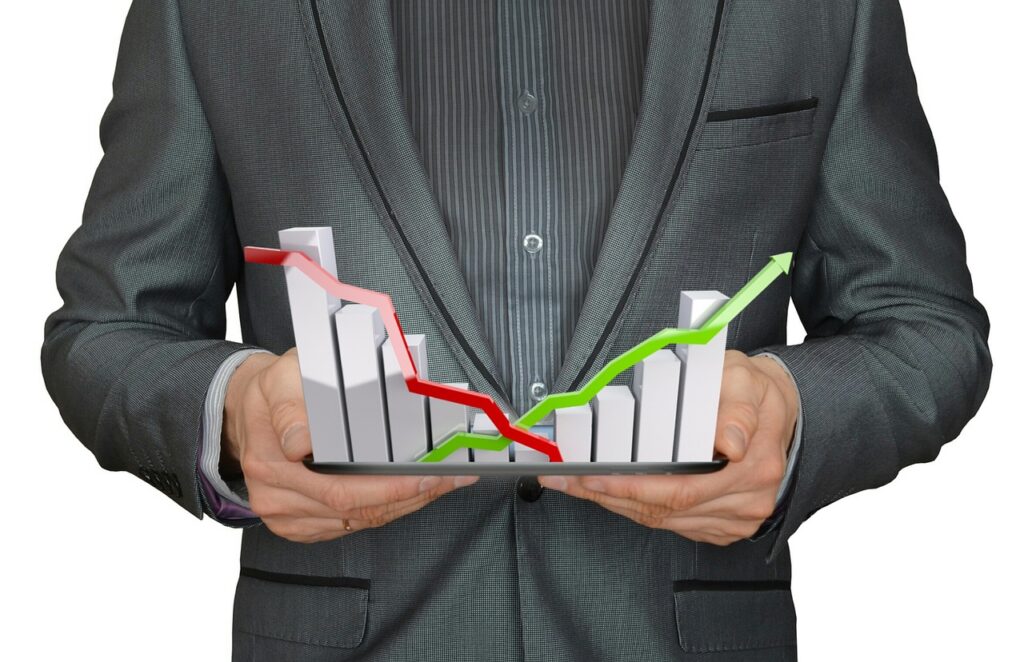Why The US Economy Is Being Severed In Half
The US economy is behaving uncharacteristically. Now experts believe that the economy may be splitting in two, here's why.
This article is more than 2 years old

There’s a lot happening in economic ecosystems worldwide. From inflation to rising crude oil prices, no country is safe from the sheer expansiveness of the cost of living. The US economy has been teetering on a financial crisis for many months now, with residents fearing an impending collapse. Analysts are seeing the impact divide the economy into two different situations.
Company earnings have been heavily affected by the US economy’s downturn. Giant retailers like Target and Walmart have slashed their quarterly earnings outlooks. Other massive companies like Amazon are seeing their stock tumble in the stock market. Businesses boosted tremendously during the pandemic are now spiraling from overstock and overall sales depletion. Much of this disaster has to do with inflation and the general rising costs of goods, with many low and middle-income shoppers spending less and buying fewer items in stores.
In the current state of the US economy, buyers are less likely to spend money on discretionary items. Shoppers are also less inclined to pay for more expensive products. Simon Property, the largest owner of US shopping malls, corroborated this statement by viewing overall sales at various retailers under his authority. The JCPenny’s in his malls were experiencing an underwhelming amount of transactions, with shoppers buying fewer items at the register.
Though the inflation rate has affected people in the United States tremendously, the widening gap between low and high-income folks shows a profound discrepancy in spending. Chipotle executives noticed that low-income individuals were spending far less on their meals and reigning in on foods with additional chargers. Conversely, those with disposable income were spending far more on Chipotle orders than expected. The climate of the US economy has revealed completely different lifestyles for high-income and low-income residents nationwide.
The unconscionable discrepancy between low-income and wealthy individuals was exacerbated after the quarantine started in 2020. As millions of people lost their jobs, the wealthiest CEOs around the country experienced exponential growth in their salaries. CEOs like Amazon’s Jeff Bezo’s billionaire status increased every day of the pandemic, showing the sinister mechanics of this flawed US economy.
Now, as extended unemployment checks have simmered down, lower and middle-class folks are attempting to live and accrue money while navigating a pandemic and a potential recession. The labor shortage catalyzed by COVID-19 has dropped tremendously, leaving many scrambling for work with a decent living wage. With inflation reaching record-high heights over the past several months, the US economy cannot withstand these compounding issues. As the wealth gap increases, something has to give, or those who don’t have disposable income won’t be able to afford the rising cost of living.
The outcome of two distinct US economy narratives is often called a K-shaped economy. A K-shaped economy is the idea that one demographic is financially succeeding while another is consistently diminishing. The K-shaped paradigm can also be applied to post-recession analytics, where one group can evade financial turmoil. If the US doesn’t have a plan for low and middle-class folks to avoid the economic downturn, then the alleged recession will only allow wealthy folks to retain their assets and monetary standing.



